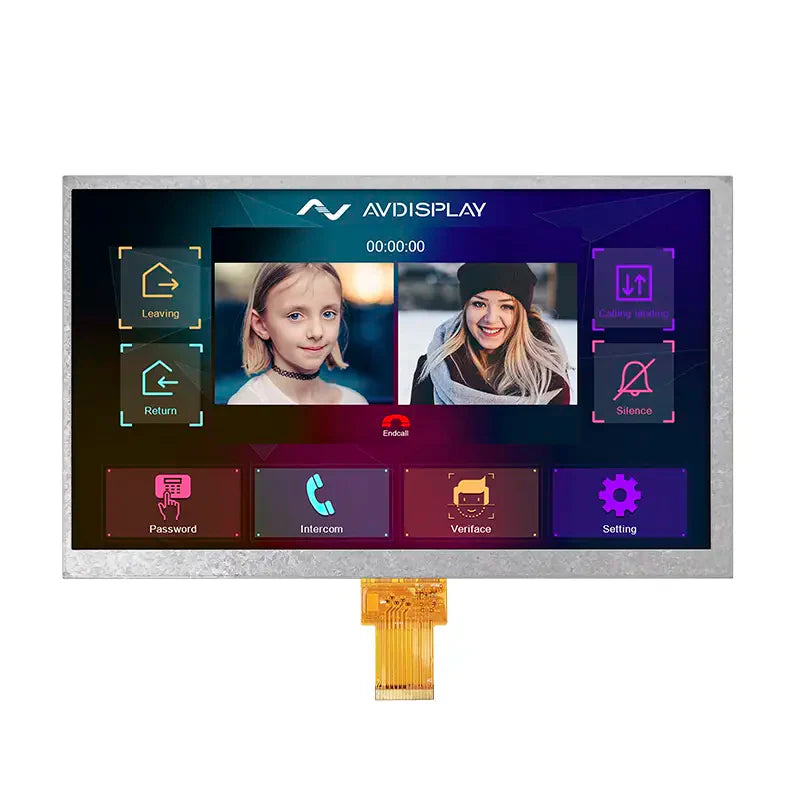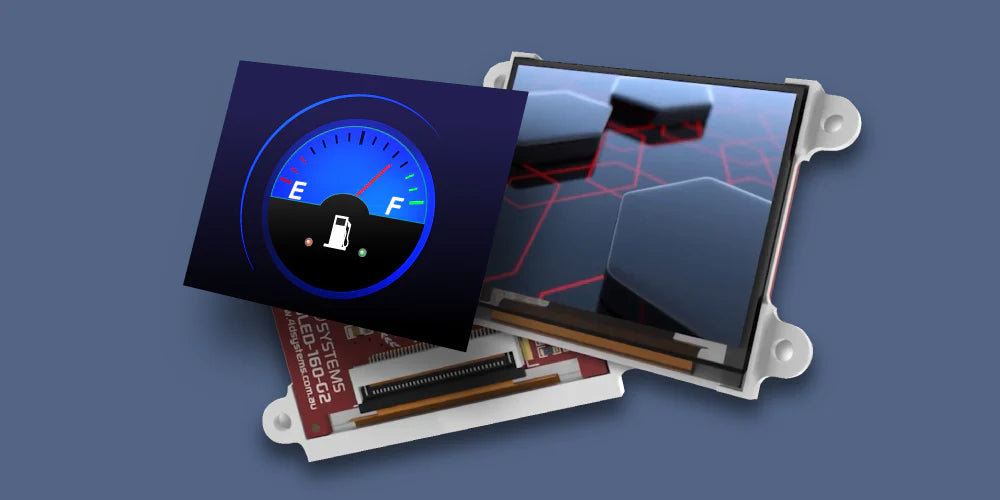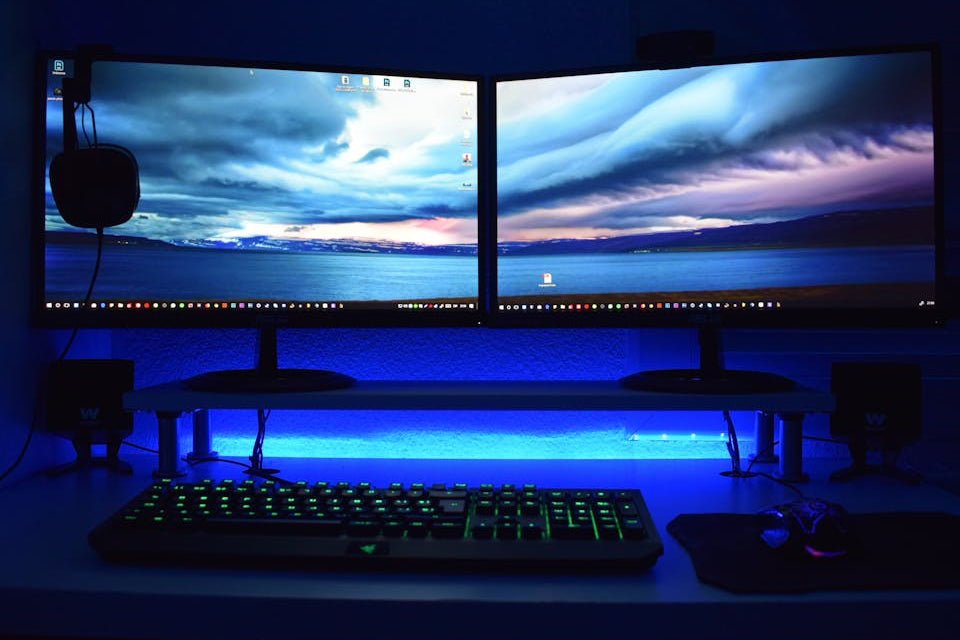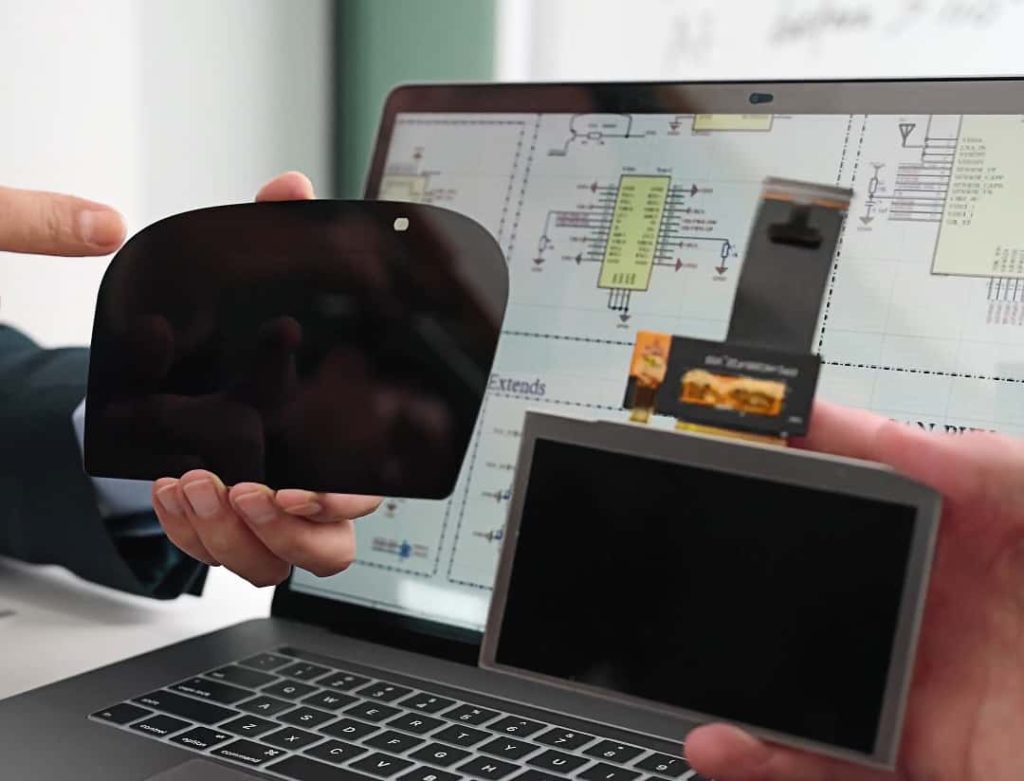
A screen module, a self-contained display unit integrating components like LCD/LED panels, driver circuits, and sometimes touch sensors, typically measures 10-15 inches diagonally with a 1920x1080 ...

A TFT display module, short for TFT transistor, is a compact screen component that uses active-matrix technology , in which each pixel has its own transistor, improving instrument timing; typical m...

An OLED display module is a self-emissive panel using organic compounds to emit light when electrified, boasting infinite contrast ratios (up to 1,000,000:1) and ultra-slim profiles (often under 1m...

A display module, essentially a compact unit enabling visual output in electronics, typically integrates an LCD/LED panel, driver circuitry, and control interfaces; common sizes span 1.3–5 inches w...
An IPS (In-Plane Switching) display uses horizontal liquid crystal alignment to deliver steady, vivid visuals: it boasts 178-degree viewing angles covers ~99% of the sRGB color space for accurate, ...

IPS displays boast 178° wide viewing angles (vs. TN’s ~160°) and richer, more accurate colors (100% sRGB coverage common vs. TN’s 70-80%), ideal for design; TN panels counter with 1-5ms GTG respons...

An IPS display operates by embedding liquid crystals horizontally aligned between two glass layers with electrodes on both sides; applying voltage gently tilts these crystals minimally, ensuring st...

Opting for an IPS display? It boasts 178-degree viewing angles for consistent colors even at sharp side glances, covers 99% of the sRGB gamut for vibrant, accurate visuals—great for photos or work—...

IPS LCD and OLED, popular display techs, differ: OLED boasts 1,000,000:1 contrast (vs. IPS’s ~1,000:1), deeper blacks, and faster μs response (vs. IPS’s ms), but risks burn-in; IPS offers wider vie...


